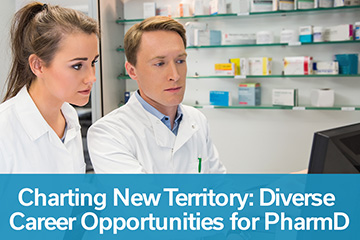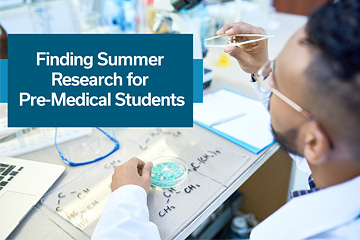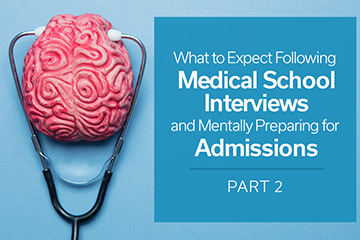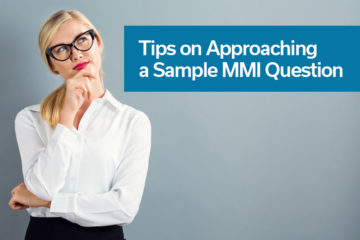
The Amazing Double Life of an MD/PhD Student
I recently had the chance to visit my friend Nico in Singapore, where he is currently an internal medicine resident. Both Nico and I attended the University of Toronto for undergraduate studies, which he completed in three years. He then went to Singapore to study medicine at the Duke-NUS program and was the first graduate of the MD/PhD program. He has been a role model and mentor for many students, and I’m sure he will be a very successful clinician scientist. In this blog, Nico shares his journey as an MD/PhD student.
If you ever had a doubt about what the word “commitment” means, you should try to ask one of the MD/PhD students – that is of course if you could find them: are they in the laboratory, the vivarium, the Academia, the wards, or the classroom…?
After 2 years of medical school and almost 4 years of full-time graduate studies I now find myself writing about the biggest commitment I have ever made in life. If I could illustrate this concept by calling the past six years a marriage, then it has been quite a fruitful one, resulting in not only scientific discoveries in the field of molecular neuroscience but also in fostering a beautiful collaboration between scientists at Duke-NUS Neurosciences & Behavioural Disorders Signature Research Program and clinicians at the Singapore General Hospital and Bright Vision Hospital.
As a Duke-NUS MD student I have been guided by some of the best faculty on how to be a good doctor and now as a PhD student I have been very fortunate to be taken under the wing of an excellent mentor, Dr. Antonius Van Dongen, who has shown me what it truly means to be a scientist. And I am not special: ask any of the other of our ever-growing list of MD/PhDs what they do for a living and you will most likely get the same answer.
We are a group of people who are committed to being both an applicator of medicine and a discoverer of medicine. We see that there is a huge gap between the discoveries made in the laboratory and the prescriptions written in the clinic. We also see that there is a communication breakdown that happens when the scientists try to talk to the doctors, and vice-versa. This is why we are committing ourselves to a physically and mentally-exhausting curriculum in order to bridge this widening gap between science and medicine.
I will illustrate this with a personal example. Stroke is a leading cause of disability and a major burden to healthcare expenditures worldwide. Patients affected by motor stroke suffer from mild to severe motor impairment that limits their quality of life, but there is no known treatment for repairing damaged neural pathways after stroke. However, neuroscientists have known for a long time that neural pathways do recover and that the mechanism for this recovery may lie in the fact that “neurons that fire together, wire together”. Scientists write hundreds of reports each year on neuroplasticity, dopaminergic neuromodulation of reward pathways, spike timing-dependent plasticity, neural network computational modeling for Hebbian plasticity, Diffusion Tensor Imaging, resting state fMRI, and so on and so forth, yet despite these published papers in scientific journals, the gold-standard clinical practice guidelines for rehabilitation of stroke patients has remained to be minimal and largely ineffective. A clinician-scientist has the potential to bridge this gap.

Photo of brain cells being imaged using a fluorescence microscope, showing different activity-induced protein expression
He/she can not only study the clinical pathways of stroke management and participate in the care of patients affected by stroke, but also study the science behind neuroplasticity, mechanisms of neuronal rewiring, and the concepts of functional brain imaging to create opportunities where doctors and scientists can finally start working together synergistically in a project such as “Combinational Motor Stroke Rehabilitation using Virtual Reality-based Exercises” (SGH IRB approved, May 2013, principal investigator Dr. Ng Yee Sien).

The innovative Virtual Reality-based stroke rehabilitation trial can be done at the bedside. Pictured here is 3rd year MD student Choo Min assisting a patient through a rehabilitation session
An MD/PhD student’s life is not an easy life. We do feel “schizophrenic” sometimes and may even try to write on case notes with a micropipette, but at the end of the day, if we weren’t going to bridge the ever-widening gap between science and medicine, who will?
The original article was published on the DukeNUS Medical School admissions blog here.
* Consent has been obtained for both images






